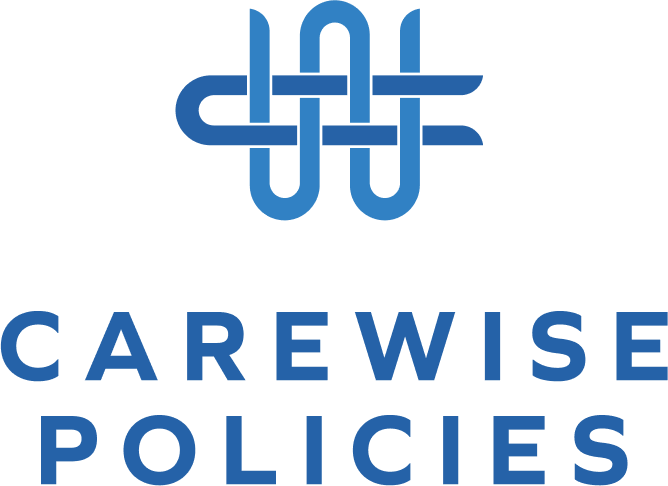- January 9, 2025
- Posted by: Hazem Elgazzar
- Categories: Blogs, Uncategorized

Benchmarking Approach
Ways of Policies Development
The benchmarking approach involves researching best practices within organizations and using them as a reference for policy creation. This method helps ensure policies align with industry standards and regulatory requirements, making it especially useful for sectors like healthcare. The first step in the benchmarking process is to identify the specific areas where the organization wants to improve its policies. These areas may include clinical practices and patient safety. It’s useful when an organization is looking to improve performance in underperformed areas Example: A hospital needs to improve its infection control policies after noticing an increase in hospital-acquired infections (HAIs). Hence, organizations select benchmarking partners to compare their policies. These partners may be managing hospitals with excellent reputations. The criteria of selection should be based on their reputation. Upon selection, the next step is to gather and analyze data. This includes examining the policies and procedures of the organizations, as well as their compliance with standards. Example: In the case of infection control, the hospital might gather data on how to monitor infection rates and their use personal protective equipment (PPE). The next step is adapting best practices identified during the process. While benchmarking provides insights, policies often need to be customized to align with the organization’s resources. One policy is developed, then implementation is the next step. Example: The hospital implements its policy by conducting mandatory training for all clinical staff. One of the main challenges is gaining accurate data from others. It also requires time and resources to gather data and implement policies and it’s not one-time; it needs to keep making an effort to ensure that policies aligned with best practices.
